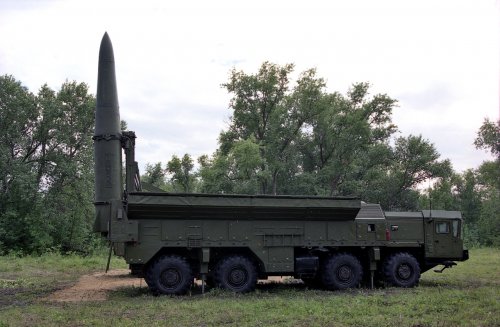Avimimus
ACCESS: Top Secret
- Joined
- 15 December 2007
- Messages
- 2,235
- Reaction score
- 501
Briefly - What is your gut feeling:
- Will more powerful radars, working on a broader frequency spectrum, with advanced software and intelligently networked with other radars be able to defeat low-observable designs?
- How much of an advantage will VLO designs retain in the face of integrated defenses? Will designs favour ever increasing levels of stealth or will active countermeasures take over?
- Will more powerful infra-red/visual search systems overcome radar stealth at medium ranges? Will infra-red spectrum reduction will become more important than radar stealth?
What is the end-game?
Remember - I'm asking about gut feelings - they can be informed guesses, but you don't have to get this completely right.
After all - it will be decades before any of us know for sure.
- Will more powerful radars, working on a broader frequency spectrum, with advanced software and intelligently networked with other radars be able to defeat low-observable designs?
- How much of an advantage will VLO designs retain in the face of integrated defenses? Will designs favour ever increasing levels of stealth or will active countermeasures take over?
- Will more powerful infra-red/visual search systems overcome radar stealth at medium ranges? Will infra-red spectrum reduction will become more important than radar stealth?
What is the end-game?
Remember - I'm asking about gut feelings - they can be informed guesses, but you don't have to get this completely right.
After all - it will be decades before any of us know for sure.


